Market Trends
Key Emerging Trends in the Polyacrylamide Market
The polyacrylamide market is undergoing significant shifts in response to various industry dynamics and evolving consumer needs. Polyacrylamide, a versatile polymer with applications ranging from water treatment to enhanced oil recovery, is witnessing noteworthy trends that shape its market landscape. One of the key trends influencing the market is the growing emphasis on water and wastewater treatment solutions. With increasing concerns about water scarcity and environmental pollution, there is a rising demand for polyacrylamide-based products in the water treatment sector. Polyacrylamide's ability to enhance the efficiency of water treatment processes, such as flocculation and sedimentation, positions it as a critical component in addressing water management challenges globally.
Sustainability is a dominant theme in the polyacrylamide market, with a push towards environmentally friendly solutions. Manufacturers are investing in the development of bio-based and eco-friendly polyacrylamide derivatives to meet the demand for sustainable products. This trend aligns with the broader industry goal of reducing the environmental impact of chemical processes and products. Additionally, the adoption of water-soluble polyacrylamide formulations is gaining traction, particularly in agriculture and soil conditioning applications, as these formulations minimize environmental risks associated with runoff and leaching.
Customization and innovation are key drivers in the polyacrylamide market, responding to the diverse needs of various industries. As end-users seek tailor-made solutions for specific applications, manufacturers are investing in research and development to create specialized polyacrylamide products. This trend is fostering collaborations between manufacturers and end-users, resulting in the co-creation of products that address unique challenges in areas such as agriculture, mining, and the petroleum industry.
Globalization is reshaping the polyacrylamide market, with a surge in demand not limited to specific regions. Manufacturers are strategically expanding their market presence, diversifying their product portfolios, and engaging in mergers and acquisitions to strengthen their global footprint. The interconnected nature of markets has led to increased competition, prompting companies to innovate and offer competitive solutions on a global scale. This globalization trend is influencing supply chain dynamics, with a focus on efficiency and streamlined operations.
The application of polyacrylamide in enhanced oil recovery (EOR) is driving market growth, particularly in the oil and gas industry. As the global demand for energy continues to rise, there is an increasing need for technologies that enhance oil extraction from reservoirs. Polyacrylamide's ability to improve the viscosity of injected water in EOR processes contributes to increased oil recovery rates, making it a crucial component in the petroleum sector.
However, challenges persist in the polyacrylamide market, including concerns about toxicity and environmental impact. Efforts to address these challenges involve the development of safer and more sustainable polyacrylamide formulations. Additionally, regulatory compliance remains a key consideration for manufacturers, necessitating ongoing investments in research to meet evolving standards and regulations.

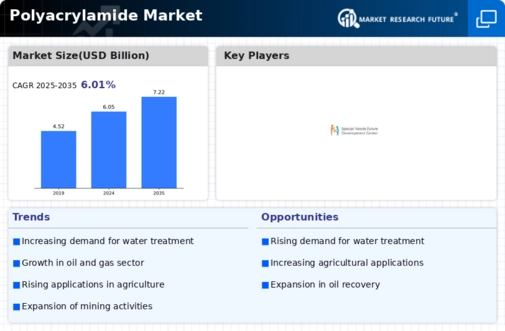
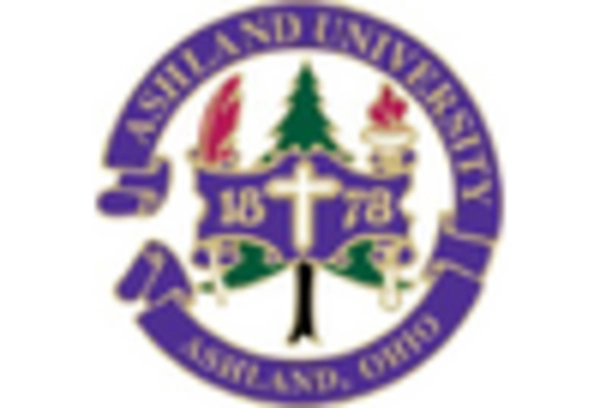

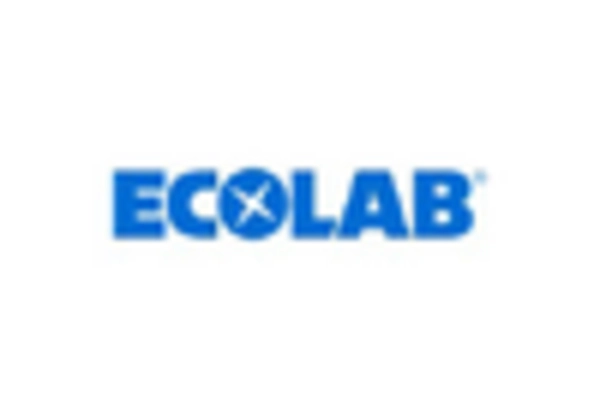
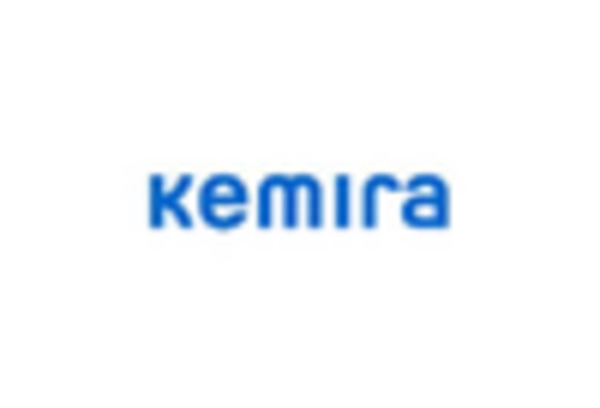

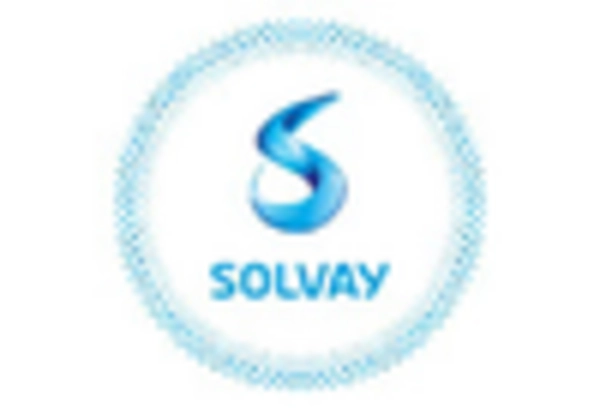









Leave a Comment